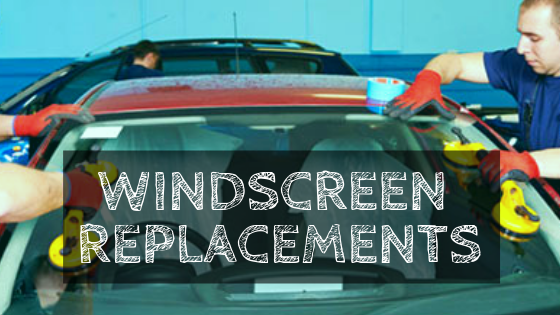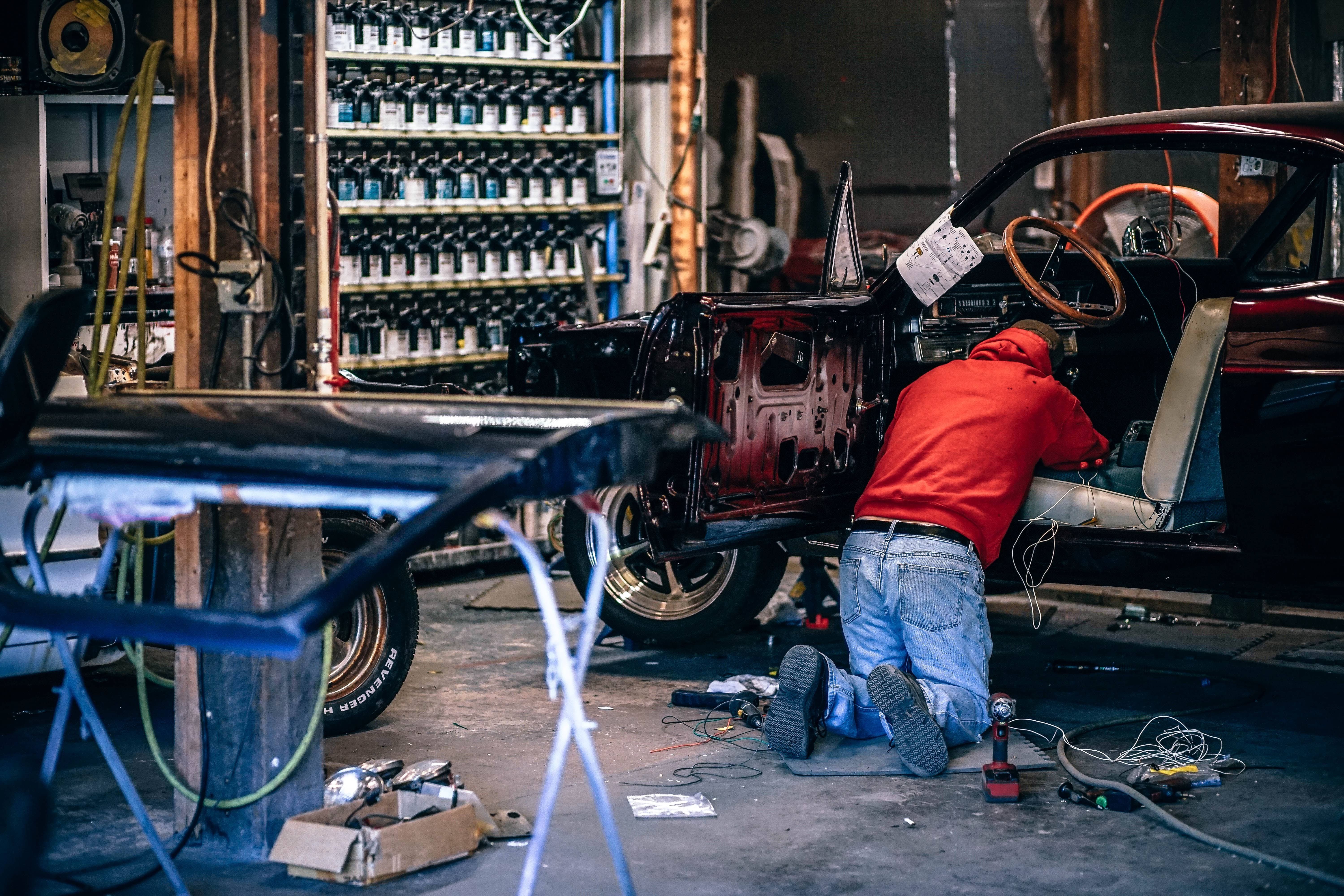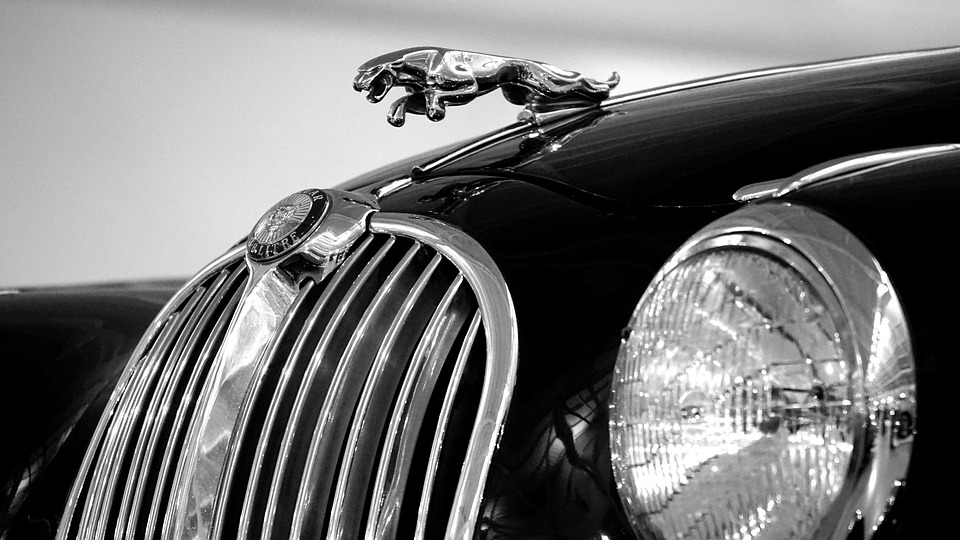Every motocross junky has their favorite brands, and there’s a reason brands are so important to riders. You’ve invested in a great ride and solid tires, so you need to invest in quality gear, too. Good gear stands the test of time and comes through when you need it. Here are some of the top motocross brands.
Acerbis:
Acerbis has been a big name in motocross and adventure bike riding gear for a long time. They have a genuine passion for the game and bring fine Italian craftsmanship to modern designs and durable state-of-the-art materials.
As an Italian-based company, you can expect fit and style to be important with their clothing and gear, and you’ll be pleased with the meticulous way everything is shaped and stitched. You’ll also notice how beautifully the vents work just the way they should.
Despite the big name and quality offerings, you won’t break the bank with Acerbis, either. Of course, you can find something cheaper if you want, but if you’re thinking about value for money you will struggle to find anything better.
Fox Racing:
Fox Racing is a leading action brand based to of California. They also have a stellar reputation among the biggest names in motocross. In fact, their 2018 catalog featured Ryan Dungey and Chad Reed, among those willing to give a thumbs up to their brand.
Fox mainly does boots and helmets, though they do have some other offerings. Their boots are pricey, but they are also the best that money can buy. Fox has also been listening to its customers and recently came out with a new mid-price boot.
Fox is known for their unique boot closure system, flexible shin plates, and floatable cuffs. Their helmets also feature their Multi-Directional Impact protection system and a new, excellent magnetic system for releasing the visor.
KTM Powerwear:
KTM does it all, really. They’re known for the brightly colored clothes and safety gear, but they also produce all kinds of accessories and even novelties related to motocross and all types of adventure activities. If there’s anything you can imagine you want to compliment your ride, it’s likely that KTM has it.
Their clothes stretch and give you room to move while still offering protection. Their neck braces and body armor pieces are now made in partnership with Alpinestars and feature the company’s Tech-Air system.
The company is dedicated to producing gear that will give riders the highest technical performance either on the street or off-road. They offer quality items at a variety of prices, so there really is something for everyone.
Moose Racing:
Moose Racing concentrates on offering gear for the off-road motorcyclist and motocross rider. They have taken some time to get into their groove, but now they have firmly established themselves as a brand that offers durable gear at great prices.
Don’t expect anything too fancy here, as Moose Racing is about being straightforward, simple, and versatile. Many motocross riders swear that their Moose Racing suits perform just as well as suits that cost a whole lot more, so Moose suits clearly have excellent durability.
Because you are paying a lot less, there are some minor issues to consider. Their clothes feature magnetic closures that work beautifully well at the collars and at the top and bottom, yet the velcro in the middle isn’t always the best. Still, their stuff is amazing for the price you’re paying.
There are other companies and plenty of choices when it comes to kitting out you and your ride. Even the most expensive brands do some good sales when the new gear comes out, but remember that when you’re talking about gear for riding, it never pays to skimp.
Read Also:






















